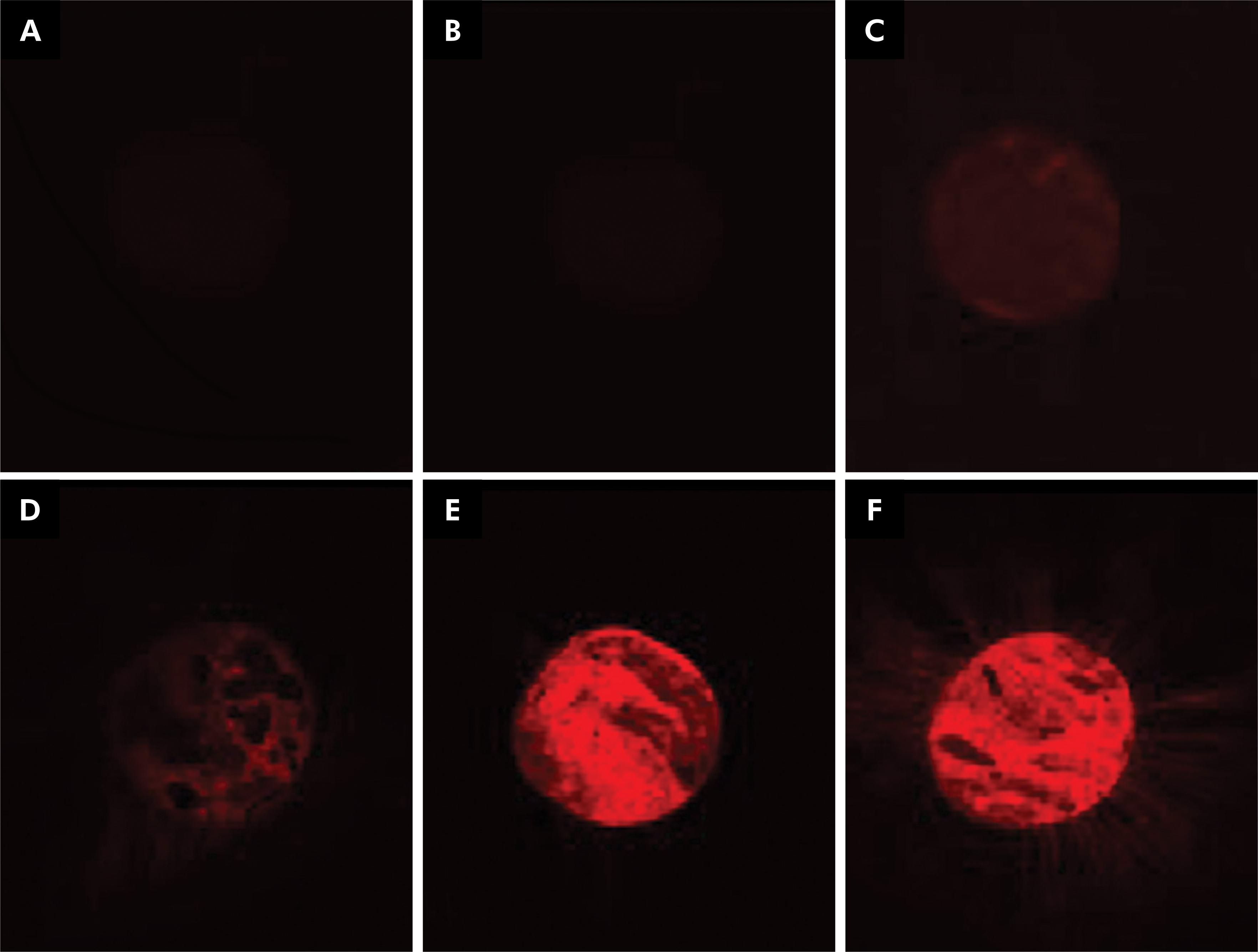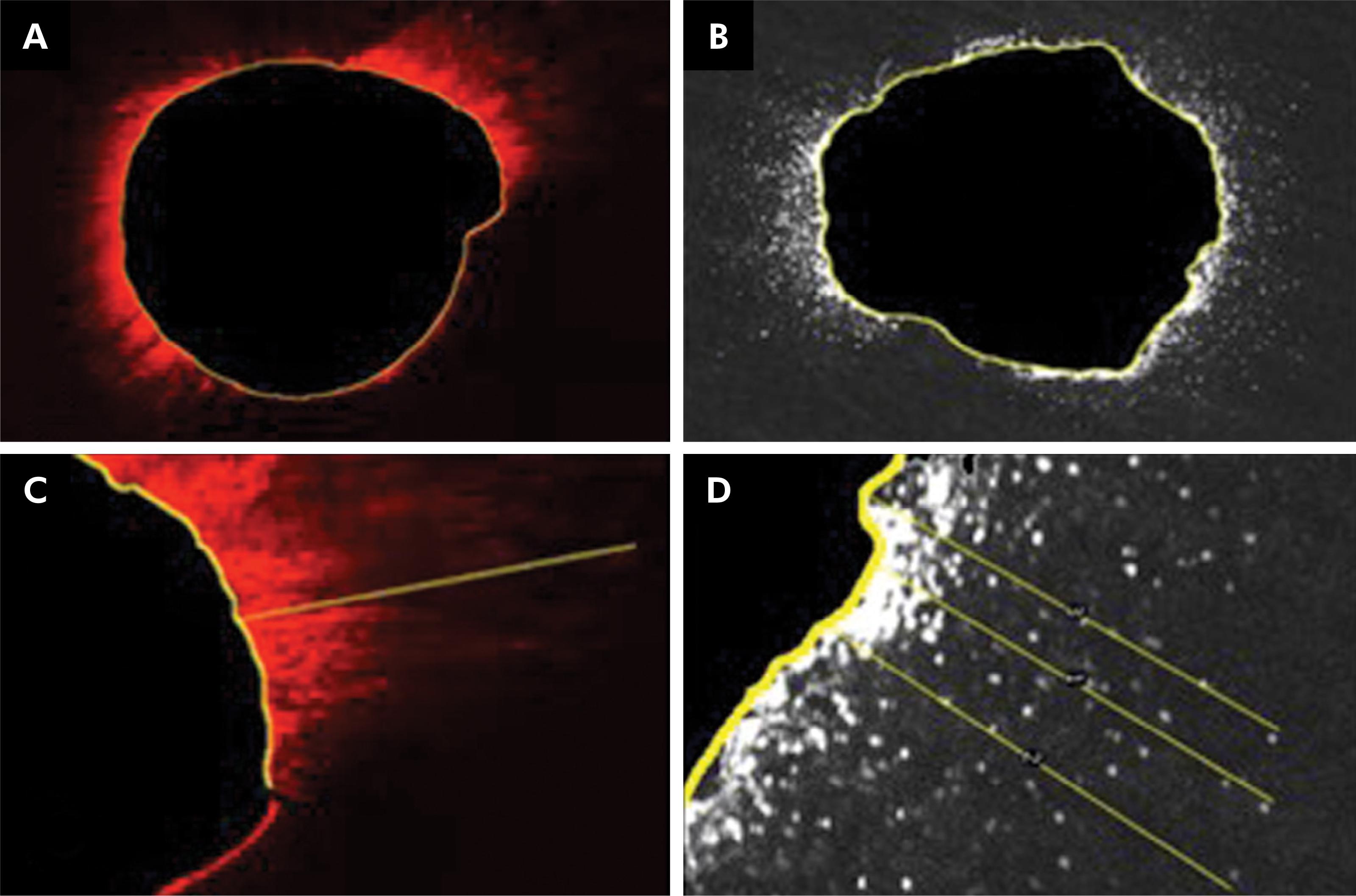Abstract:
The aim of this study was to compare two irrigation techniques and four devices for endodontic sealer placement into the dentinal tubules. Ninety-nine single-rooted human teeth were instrumented and allocated to either the control (CO) (n=11) or experimental groups according to the irrigation method: syringe and NaveTip needle (NT) (n=44), and EndoActivator (EA) (n=44). These groups were subdivided according to sealer placement into K-File (KF), lentulo spiral (LS), Easy Clean (EC), and EndoActivator (EA) subgroups. Moreover, the distances of 5 mm and 2 mm from the apex were analyzed. The teeth were obturated with AH Plus and GuttaCore X3. Analyses were performed by scanning electron microscopy associated to cathodoluminescence. The percentage and maximum depth of sealer penetration were measured. Data were evaluated by three-way analysis of variance (ANOVA) and Games-Howell test (p<0.05). EA was superior to NT in percentage of sealer penetration. EC was significantly superior to EA (subgroup) for sealer penetration, and both improved the percentage of sealer penetration when compared to LS. Better sealer penetration was observed at the distance of 5 mm from the apex. Sealer penetration into the dentinal tubules was significantly improved by sonic irrigant activation.
Keywords:
Microscopy; Electron; Scanning; Canals Sealer



